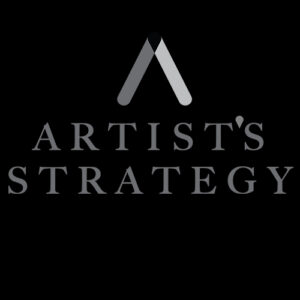
Last week we kicked off our month long focus on creating an Artist’s Statement. As mentioned, I take the unique approach of thinking of this as any arts organization would with a focus on your Mission, Values and Vision rather than just a general description of your work. Here’s how to go about creating a mission:
It gives you and your target audience a starting place to clearly understand your brand and allows for you to immediately identify your unique value, separating you from your competition.
It is typically between one to three sentences and is meant to capture the essence of your purpose. It also should have an actionable component working towards your tangible objective.
As a starting place, listing out words, general ideas and goals could be a great way to begin to break down your eventual mission. Free-associate based on what your art is, what you think your art may have the power to accomplish whether based in a point of view of the current world or just the power of storytelling and all of what is unique to YOU and YOUR talent.
From there take a look at similarities, action words and themes that resonate. While this isn’t meant to be a direct marketing tool per se, there’s nothing wrong with action and bold ideas as part of your mission.
Finally, if you’re a comic or a poet, your mission and overall Artist’s Statement can include style that is representative of you and your total brand.
For what it’s worth, my favorite example of a mission statement came from a workshop with the previous executive director of the Kennedy Center, Michael Kaisner, who suggested that as far as he can see it, every arts organization could have a pretty solid go with the following mission statement:
“Good art, well marketed.”
While I don’t think that’s the best example for individual creatives who probably need to find even more specificity, I’ve always loved the simple idea of making kickass work and making sure everyone knew about it. Your mission with a bit more individual focus could be just as succinct and actionable.
Before even getting to an Artist’s Statement, one of the first questions I ask our creatives is what purpose they’re serving with their art. It’s a hard one to answer but I think it’s important to identify for all the reasons above and to help keep you motivated in times of adversity which can be often…
Next week we’ll dig into one of my favorite pieces of the building of an Artist’s Statement: what you value as part of your business as a creative entrepreneur.
Artist’s Statement: Aligning Your Career
Creative Productivity: 7 Days is a Long Time


Artist's Strategy offers artists the opportunity to strategize and create tactical next steps towards a successful, fulfilling career. Based on tested business principles, Artist's Strategy helps you design a tangible path towards a sustainable future. Incorporating and using the basic tenets of a healthy business, we will help you set a one, three or five-year-plan that will work for you and keep you on track to seeing real results. With Artist's Strategy, you will work alongside founder Joshua Morgan to identify the strengths and opportunities of your business and learn more about how to stabilize and grow. How long and how frequently you work with Artist's Strategy depends on your individual needs and resources. Contact us to discuss a plan that could work for you.
Read Full Profile© 2021 TheatreArtLife. All rights reserved.

Thank you so much for reading, but you have now reached your free article limit for this month.
Our contributors are currently writing more articles for you to enjoy.
To keep reading, all you have to do is become a subscriber and then you can read unlimited articles anytime.
Your investment will help us continue to ignite connections across the globe in live entertainment and build this community for industry professionals.